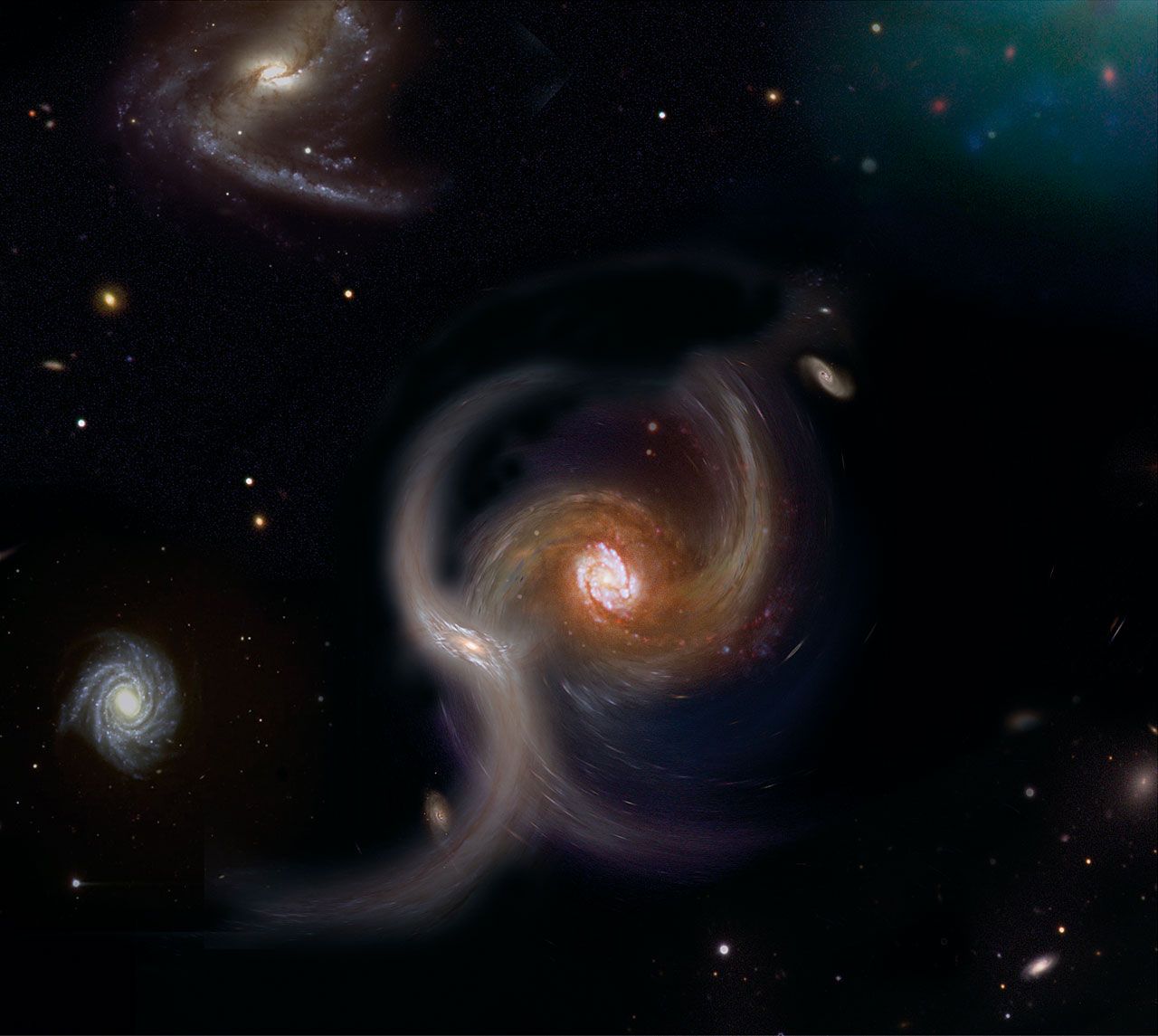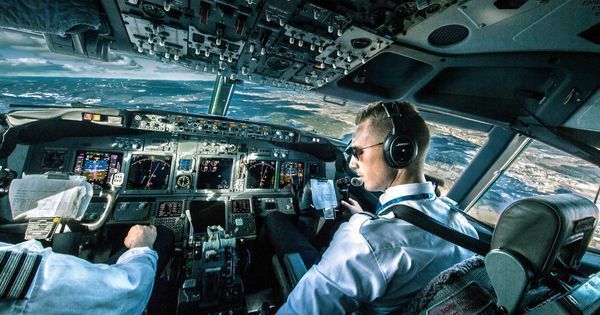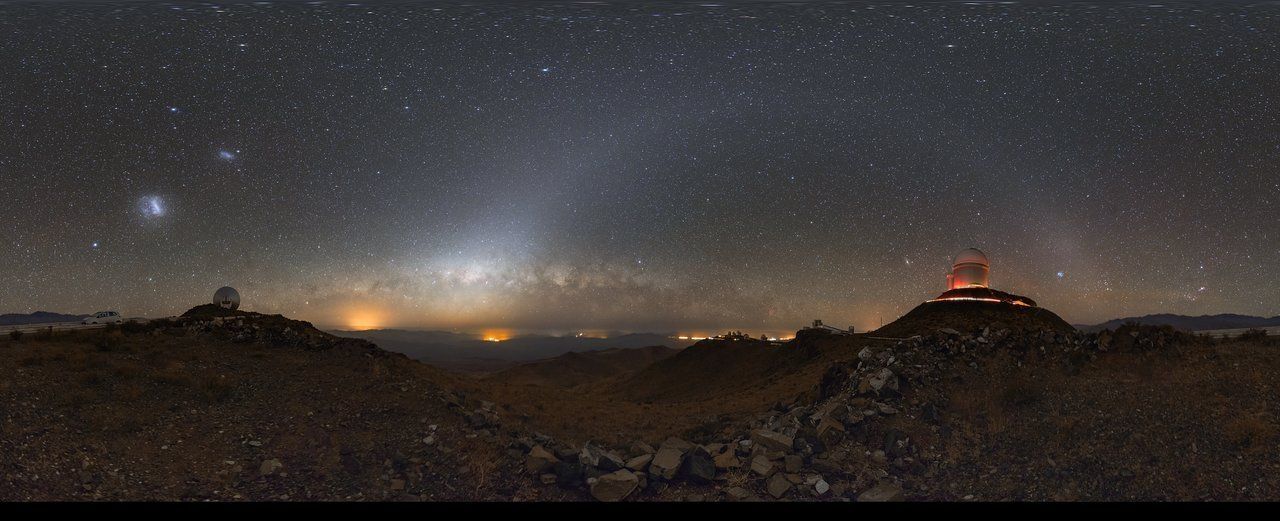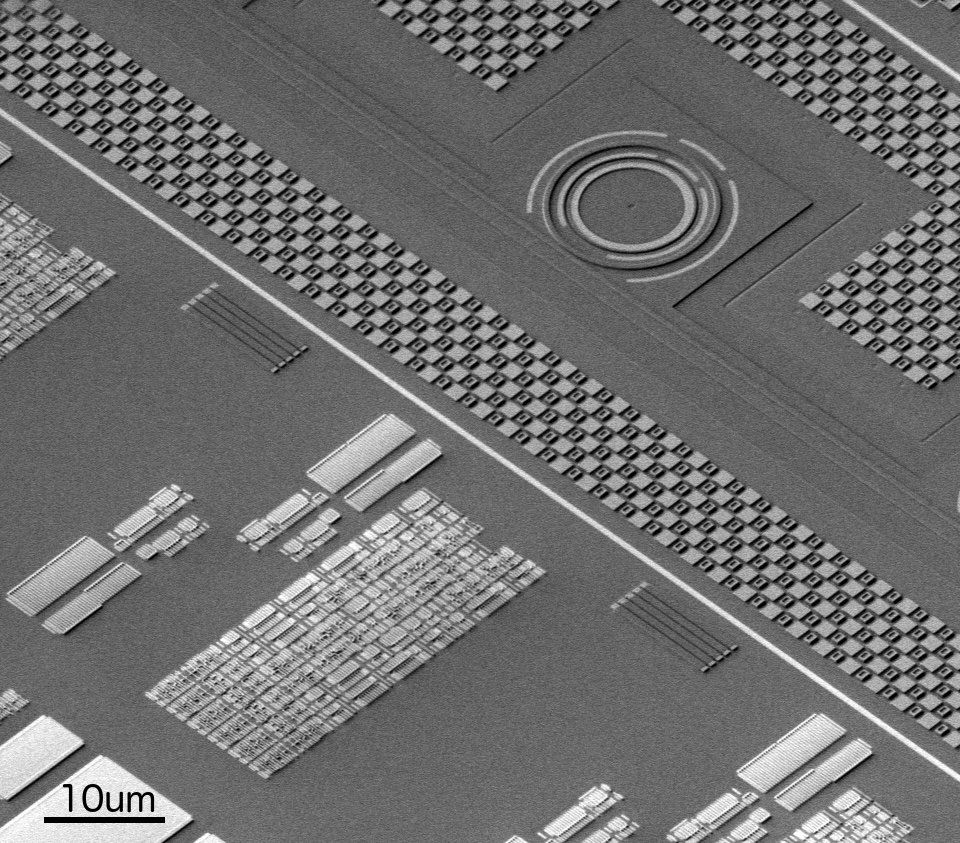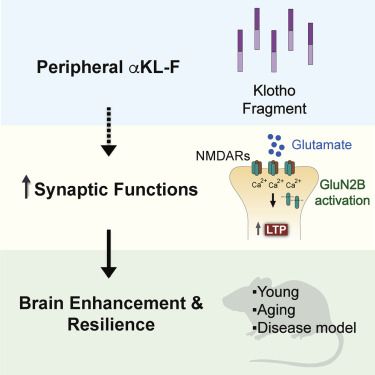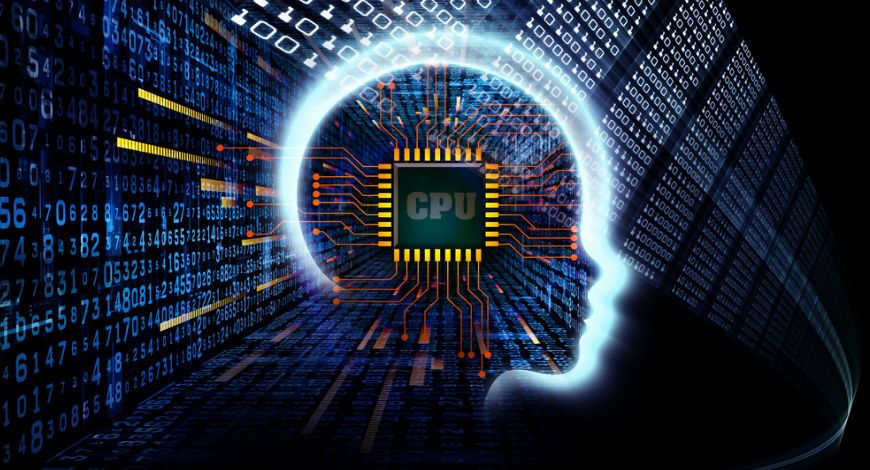Apr 21, 2018
‘Interplanetary Shock Wave’ Spawns Electric-Blue Auroras
Posted by Genevieve Klien in categories: particle physics, space
A moderate geomagnetic storm kicked up in Earth’s skies Friday morning (April 20), bringing green and rare electric-blue auroras that stretched as far south as Indiana.
The space-weather news site Spaceweather.com reported that an “interplanetary shock wave” hit Earth’s magnetic field at about 3:50 a.m. EDT (2350 on April 19 GMT), quadrupling the intensity of the flow of particles streaming from the sun toward Earth, called the solar wind. The incoming wave of material resulted in a G2-level, or moderate, geomagnetic storm, according to the National Oceanic and Atmospheric Administration’s Space Weather Prediction Center (SWPC). These types of storms can cause power grid fluctuations and have some impact on radio communications. [See Spectacular Photos of Auroras from Space]
And they also cause enhanced auroras. This storm led to auroras possibly reaching through Canada and as far south as New York, Wisconsin and Washington state in the U.S., the SWPC said.
Continue reading “‘Interplanetary Shock Wave’ Spawns Electric-Blue Auroras” »

